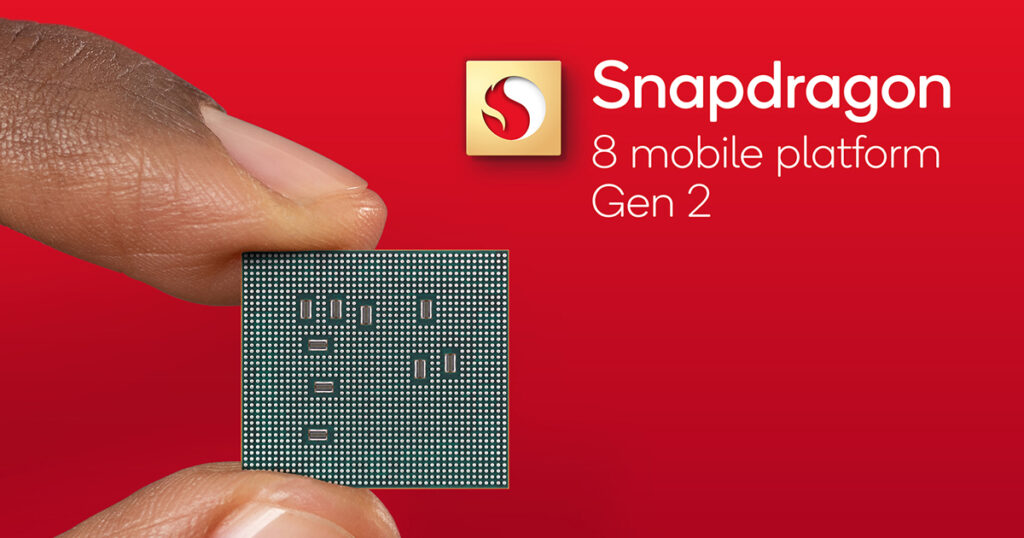Optus Mobile Review ALDI Mobile Review Amaysim Mobile Review Belong Mobile Review Circles.Life Review Vodafone Mobile Review Woolworths Mobile Review Felix Mobile Review Best iPhone Plans Best Family Mobile Plans Best Budget Smartphones Best Prepaid Plans Best SIM-Only Plans Best Plans For Kids And Teens Best Cheap Mobile Plans Telstra vs Optus Mobile Optus NBN Review Belong NBN Review Vodafone NBN Review Superloop NBN Review Aussie BB NBN Review iiNet NBN Review MyRepublic NBN Review TPG NBN Review Best NBN Satellite Plans Best NBN Alternatives Best NBN Providers Best Home Wireless Plans What is a Good NBN Speed? Test NBN Speed How to speed up your internet Optus vs Telstra Broadband ExpressVPN Review CyberGhost VPN Review NordVPN Review PureVPN Review Norton Secure VPN Review IPVanish VPN Review Windscribe VPN Review Hotspot Shield VPN Review Best cheap VPN services Best VPN for streaming Best VPNs for gaming What is a VPN? VPNs for ad-blocking To start, Qualcomm says the Snapdragon Gen 2 boats up to 4.35 times faster AI performance when compared to the Gen 1 and a 60% improvement in battery efficiency. The biggest impact of this will be found in natural language processing - when talking to Google Assistant or translation apps, for example - and advanced camera features. One such feature is semantic segmentation, where the camera is contextually aware of individual elements in a photo - faces, facial features, hair, clothes, and skies, for example - and can optimise and tune each individually. In addition, Samsung’s 200MP ISOCELL HP3 image sensor is optimised for the Snapdragon 8 Gen 2. Rumours have suggested phones in the Galaxy S23 family could feature a 200MP shooter, but we’ve seen conflicting reports about this. Motorola’s Edge 30 Ultra already features a 200MP camera, and the Snapdragon 8 Gen 2 suggests more 200MP phones are on the cards. Phones powered by the Snapdragon 8 Gen 2 will be able to capture and watch 8K HDR video at 60 frames per second. The processor supports all four HDR standards: HDR Vivid, HDR 10, HDR 10+, and Dolby Vision. On the connectivity front, the Snapdragon 8 Gen 2 is Qualcomm’s first chip to enable the use of two 5G SIMs at once. Qualcomm says artificial intelligence is being used to improve 5G performance, as well as battery. The Snapdragon 8 Gen 2 also supports WiFi 7. WiFi 7 speeds can theoretically hit over 40Gbps, and the new standard also offers lower latency. You’ll also need a WiFi 7 router to take advantage of this functionality. The first WiFi 7 routers are expected to launch in the first quarter of next year. Similarly, Qualcomm says it has doubled Bluetooth range. One front where Qualcomm has made more specific performance claims is gaming. The chip manufacturer says the Snapdragon 8 Gen 2’s GPU is up to 25% faster when compared to the Gen 1, and 45% more power efficient. More broadly, Qualcomm says regular performance is 35% faster performance and 40% more power efficient. The first phones powered by the Snapdragon 8 Gen 2 will launch before the year is up, but it’s unclear whether we’ll see these devices in Australia. Disclosure: This author attended Snapdragon Summit as a guest of Qualcomm
